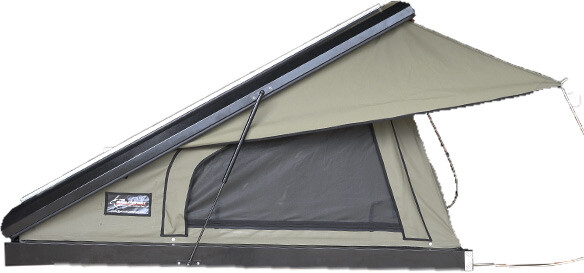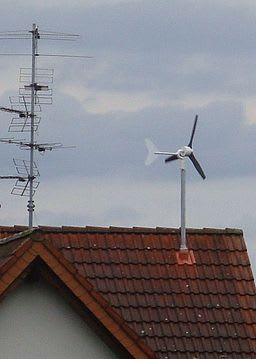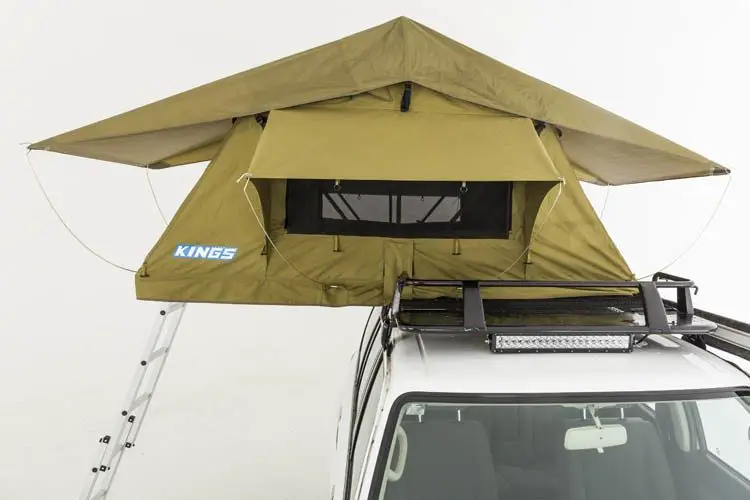Determining and applying wind loading on rooftop equipment properly specified ballasting blocks are designed and formed to better address the freeze thaw cycle.
Wind load on roof top equipment.
This investigation examines wind loads on numerous configurations of roof mounted equipment rme.
For cowlings less than four feet in diameter 1 8 inch diameter stainless steel cables are recommended.
To determine wind loading on rooftop equipment the first step is to identify the building risk category formerly the occupancy category and the building location.
Equipment screens should be designed to resist the wind loads derived from asce 7.
Rooftop equipment the provisions contained within asce 7 10 for determining the wind loads on rooftop equipment on buildings is limited to buildings with a mean roof height h 60 feet.
The testing examined the effects of unit porosity location on the roof and elevation above the roof on wind loads for rme.
Types of wind load forces on buildings.
Some engineers use the provisions for roof top structures and equipment others use solid freestanding signs and some argument could be made for using the parapet provisions.
In addition water can enterthe facility where equipment was displaced or damaged.
Uplift load pressures from wind flow that cause lifting effects.
Shear load wind pressure that is horizontal and could make a building tilt.
Damaged equipment can impair the operation of the facility and the equipment can detach and become damaging wind borne debris.
While the commentary alluded to a high uplift component of wind loads that should be considered in the design of rooftop structures asce 7 05 provisions did not provide a method for calculating this uplift.
Observations after the 2017 hurricanes have once again shown that rooftop equipment is often damaged during high winds.
Asce 7 05 provided an equation to generate a horizontal main wind force resisting system mwfrs wind load on rooftop equipment.
Lateral load a pulling and pushing horizontal pressure that can cause a building to move off its foundation.
Four cables for regions with 120 mph winds.
This limitation was removed in asce 7 16 and thus the provisions apply to rooftop equipment on buildings of all heights.
In the november 2019 se university session emily guglielmo se from martin martin presented wind loads on non building structures.
Equipment screens around rooftop equipment are frequently blown away see figure 9.
Two cables are recommended for areas with less than 120 mph wind speed.
The extent that screens may reduce or increase wind loads on equipment is unknown.














































